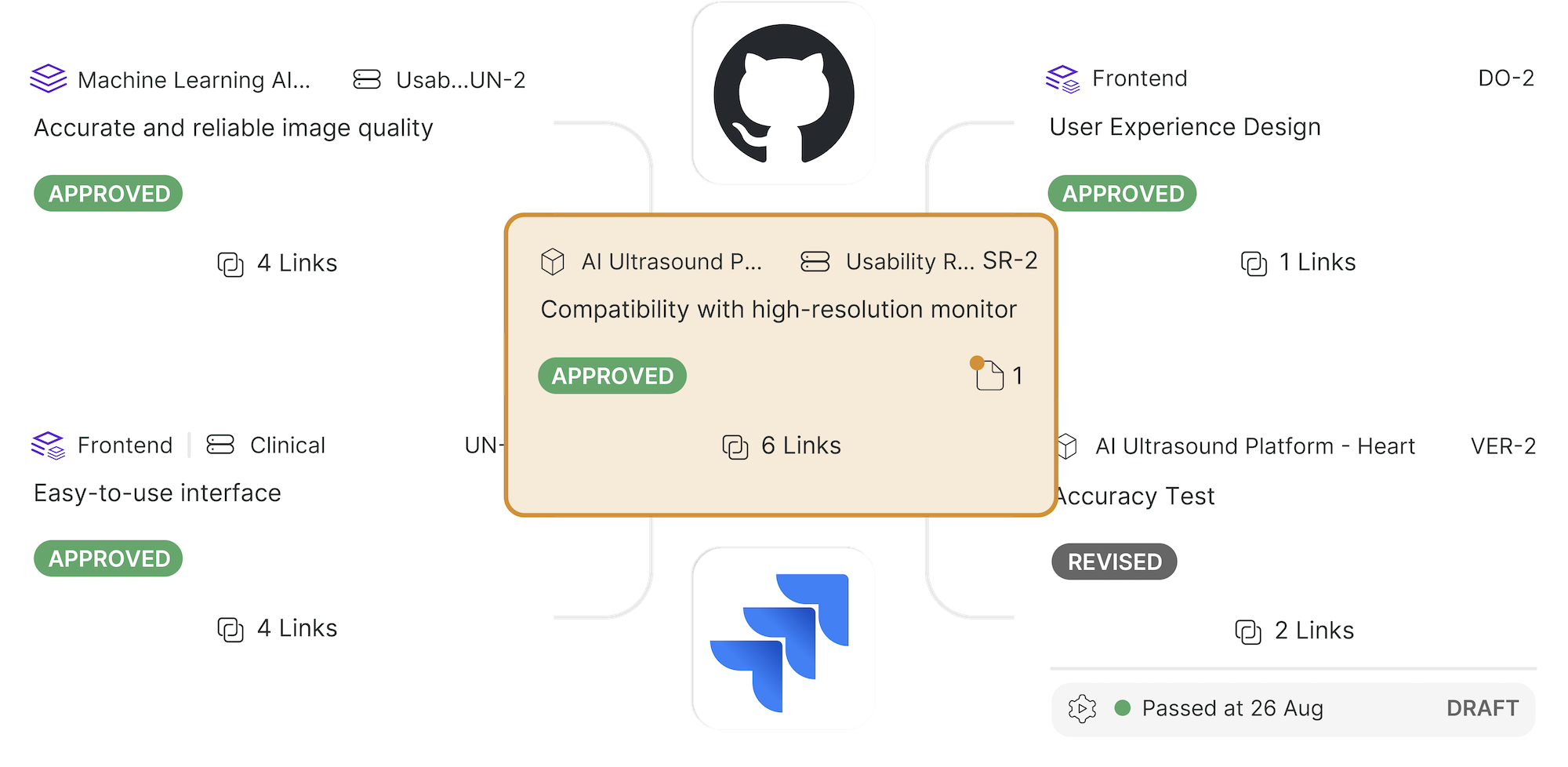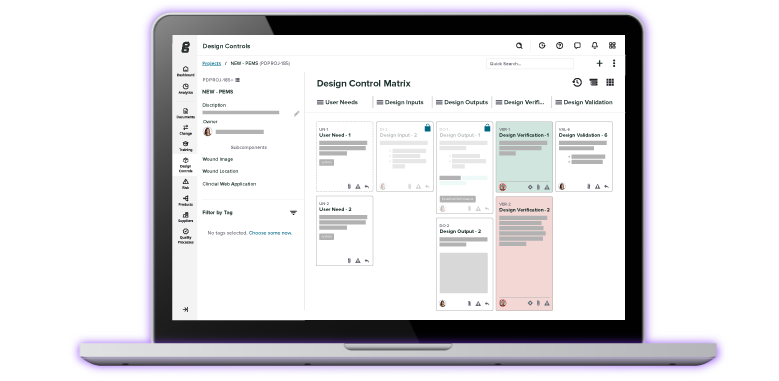What do VCs look for in medtech and life sciences startups? (webinar recap)
.png?width=800&height=400&name=What%20do%20VCs%20look%20for%20in%20medtech%20and%20life%20sciences%20startups%20(webinar%20recap).png)
Greenlight Guru’s own Etienne Nichols recently sat down with Josh Eckelberry of Solas BioVentures in a live podcast episode to get some insights into how venture capital firms evaluate medtech and life sciences startups.
Josh is a Principal at Solas BioVentures where he combines clinical insights with business strategy to guide early-stage medtech investments, working closely with his companies for a 360-degree view of venture development.
The conversation went long—an hour and a half—and it’s full of interesting and valuable information for medtech startups looking for funding. I’d encourage you to give the episode a listen, but if you’re short on time, here are some of the key takeaways from the conversation.
BONUS RESOURCE: Click here to download the full 2025 Medical Device Industry Report for free!
How do VCs evaluate a medtech startup?
Every VC will likely have a slightly different way of evaluating prospective investments. However, there are some pieces of your business that any good investor will want to assess. For the team at Solas, there are four unofficial elements that they look at when they’re evaluating a new company: DOTE, GOAT, FLOAT, and MOAT.
1. The product (DOTE)
DOTE stands for “Does it Offer Therapeutic Efficacy.” This is the first stop in the evaluation framework because if the product doesn’t offer a better solution than what’s currently available, then the evaluation might come to an end right then and there. This is a patient-first, patient-centered approach to evaluating the science behind the product.
2. The management team (GOAT)
As you may already know, GOAT stands for “Greatest of All Time.” But instead of professional athletes, in this case, GOAT refers to the management team. When Josh and other VCs are looking at an early-stage company, the management team is arguably the most crucial factor. Past success is considered one of the biggest indicators of future success, so VCs will place a premium on a team with prior experience in the field or success running a similar company.
However, it's not just about resumes. Josh says his team will also pay close attention to the management team’s character, emotional intelligence, and ability to handle adversity. During due diligence, they may observe how a CEO treats wait staff during a meal or how employees react to the CEO’s presence in a room. That’s because the startup journey is not linear. It’s a roller coaster with a lot of ups and downs, and investors need to trust that the management team will work collaboratively and stay the course under pressure.
3. The business strategy (FLOAT)
FLOAT refers to the business’s financial viability, or its ability to “float” on its own. At this stage Josh and his team are evaluating the startup’s economic modeling, including reimbursement strategies, profit margins, and pricing. Essentially, any good VC will be looking to ensure that this company can generate enough revenue to sustain itself and deliver a return on investment. At the end of the day, investors do want to continue investing in other promising companies—and the only way they can do that is by getting a return on their current investments.
4. The barriers to competition (MOAT)
A company’s MOAT is often the last thing that Josh will evaluate. The “moat” is the business’s protective barrier that defends it from competitors. In medtech and biotech, moats are primarily built on patents and intellectual property. VCs are looking for strong, defensible intellectual property (IP) with a long patent life, and they will likely have IP attorneys formally review the defensibility of a startup’s IP.
Josh also noted that in medtech, device class can help create a larger moat. Class I devices will not have much of a moat, as they’re low risk and have low barriers to entry, making it easier for competitors to enter the market. Class II devices may be a little better, but in the US, companies can still use your product as a predicate device for their own class II product.
Class III or De Novo pathway devices, however, create greater barriers to entry for competitors. They require more complex and resource intensive regulatory pathways that are more difficult for competitors to follow.
The DOTE, GOAT, FLOAT, MOAT framework is a big piece of how the team at Solas evaluates medtech startups, but it’s far from the only important information he shared in his conversation with Etienne. Listen to the full episode here, and you’ll get invaluable insights into how VCs think and what they’re looking for from early-stage medtech companies.
BONUS RESOURCE: Click here to download the full 2025 Medical Device Industry Report for free!
Ultralight by Greenlight Guru is built just for fast-moving startups like yours
In the early stages, startups can’t afford to be weighed down with clunky legacy software. But they also can’t afford the mistakes and compliance risks associated with paper. That’s why at Greenlight Guru, we’re bringing you a new eQMS, Ultralight, that’s fast, flexible, and always backed by our team of legendary medtech experts.
Designed specifically for lean medical device teams, Ultralight brings together Quality and Product Development in a single, compliant system that helps you move fast, stay organized, and show investors you’re ready to scale.
Ready to see it in action? Get your free demo of Ultralight by Greenlight Guru today!
Matt McFarlane is the Senior Content Writer at Greenlight Guru. He is an avid reader and writer, specializing in the medical device industry and its many regulations, standards, and guidance documents.
Related Posts
Understanding the FDA Medical Device Classification System
The Ugly Truth About Managing Design Controls on Spreadsheets
What are the Risk Management Documentation Requirements of ISO 14971?
Get your free report
2025 Medical Device Industry Report











